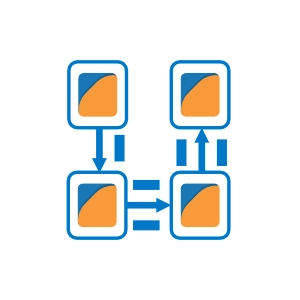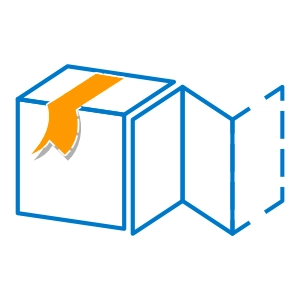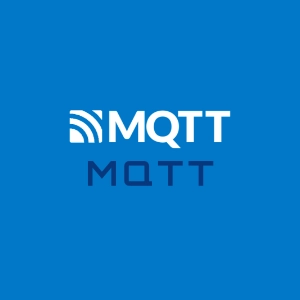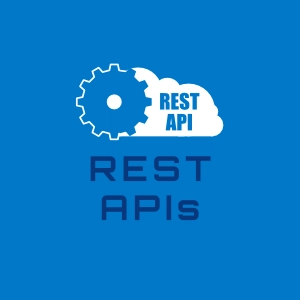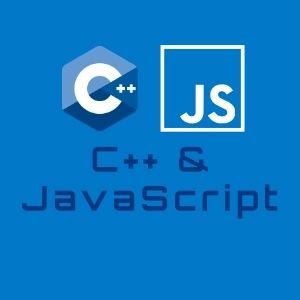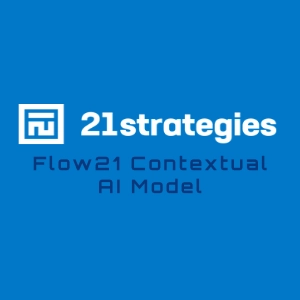Machine Learning in Manufacturing – The Power of AI
Download a PDF version of this case study.
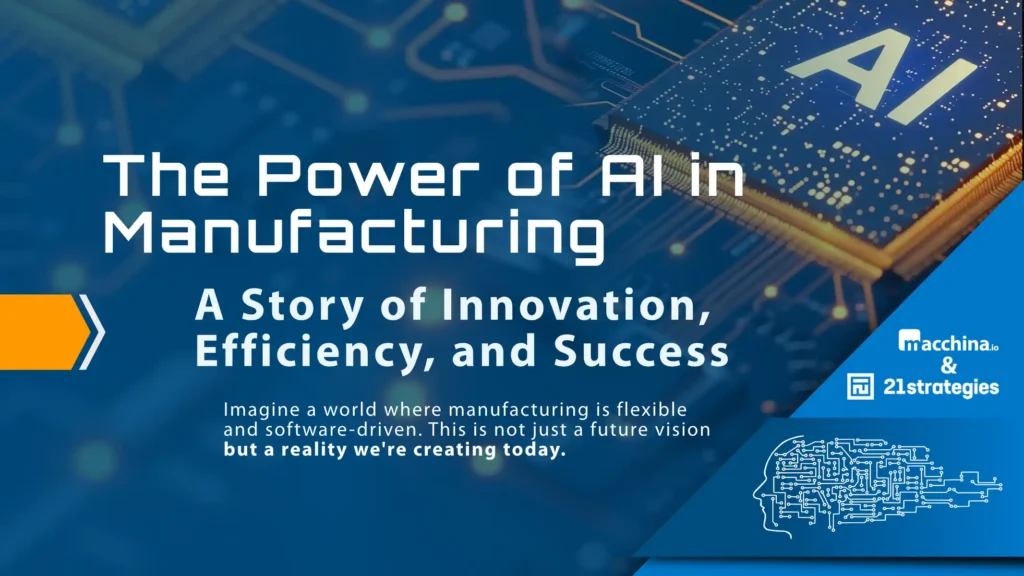
This use case for machine learning in manufacturing proves that implementing AI in production will dramatically improve factory operations, reduce lead times, and eliminate delays.
The Challenges of Manufacturing
A well-established electronics manufacturer in Germany uses the innovative “matrix production” method, known for its flexibility and efficiency. However, a significant challenge arises when different product batches arrive at the same production cell, complicating the sequence of operations and often resulting in missed deadlines. Despite its advanced methods, the factory was struggling to meet deadlines.
What is Matrix Production?
Matrix production is a manufacturing approach that uses flexible production cells. Cells can be quickly reconfigured for different product types. This makes the factory adaptable and efficient.
Other benefits include reducing downtime and waste, enabling quick transitions between different products and making the best use of resources.
Key Concepts of Matrix Production

Flexible Production Cells
Modular units equipped with machinery and tools that can switch between different products as needed.
The Game Changer: AI and Machine Learning in Production
To address this specific problem, we introduced an AI-powered manufacturing solution.
The Flow
Live order tracking data flows in from the shop floor, while planned completion and delivery dates flow in from the ERP system. This wealth of information is fed into a machine learning model that calculates the optimal work schedule for each production cell.
How does it work?
Real-Time Data Integration
The system captures real-time order tracking information from the shop floor. Key order-related details, including expected completion and delivery dates, are retrieved from the resource planning system (ERP).
AI-Driven Optimization
The machine learning model processes all incoming data, considering every variable to generate the most efficient schedule.
Seamless Communication
A web user interface provides clear insights into the system’s status and performance.
Optimal Scheduling
The AI-generated schedule is displayed to workers at each production cell, guiding them on the optimal order of operations.

Technology Behind Industrial Machine Learning
MQTT is a central part of the system. It delivers live order tracking data from the show floor to the AI model and also delivers the results of the AI model to display systems.
HTTP-based APIs are used for retrieving data from the ERP system, ensuring all necessary order and scheduling data is accurately retrieved and updated.
The custom machine learning model is built in C++ and integrated into macchina.io EDGE as a service. Scripts running in macchina.io EDGE’s JavaScript engine manage communication with the order tracking (MQTT) and ERP (REST APIs) systems.
The system is powerd by a custom-built contextual AI model developed by 21strategies, based on a comprehensive set of mathematical theories.
A powerful platform that hosts the AI model as well as surrounding infrastructure like communication, data management, web-based visualization, deployment and remote management.

The Result of Machine Learning in Manufacturing
The transformation after implementing AI in production has been remarkable. The factory, once prone to delays and missed deadlines, now operates with precision and efficiency. Orders are completed on time, and the manufacturer can promise delivery dates with confidence.
Benefits of Machine Learning in Manufacturing
- Streamlines complex manufacturing processes, fostering a culture of efficiency and productivity.
- Drastically improves factory operations, reducing lead times, eliminating delays and missed deadlines.
- Boosts confidence in delivery promises, enhancing customer satisfaction and loyalty.
Summary
This success story isn’t just about technology; it’s about overcoming a significant challenge and transforming a key aspect of manufacturing. By using AI, we helped this manufacturer turn a problematic process into a competitive advantage and showcase the future of manufacturing efficiency.
Imagine walking through the factory today. Every production cell is busy, guided by intelligent scheduling. Workers know exactly what to do next, and the flow of production is smooth and uninterrupted. This is the power of AI in manufacturing – a story of innovation, efficiency and success.
This journey from chaos to clarity illustrates how advanced technology can transform traditional industries, setting new standards for productivity and reliability. It’s a testament to what’s possible when visionary concepts meet practical, intelligent solutions.
Contact us now to future-proof your investment.
Minimize development and operational costs by integrating our highly customizable secure remote access solution.
Reduce software development costs by using our customizable software building blocks that are scriptable with JavaScript.
Reduce hardware costs by using our lightweight, highly scalable and flexible software framework.

